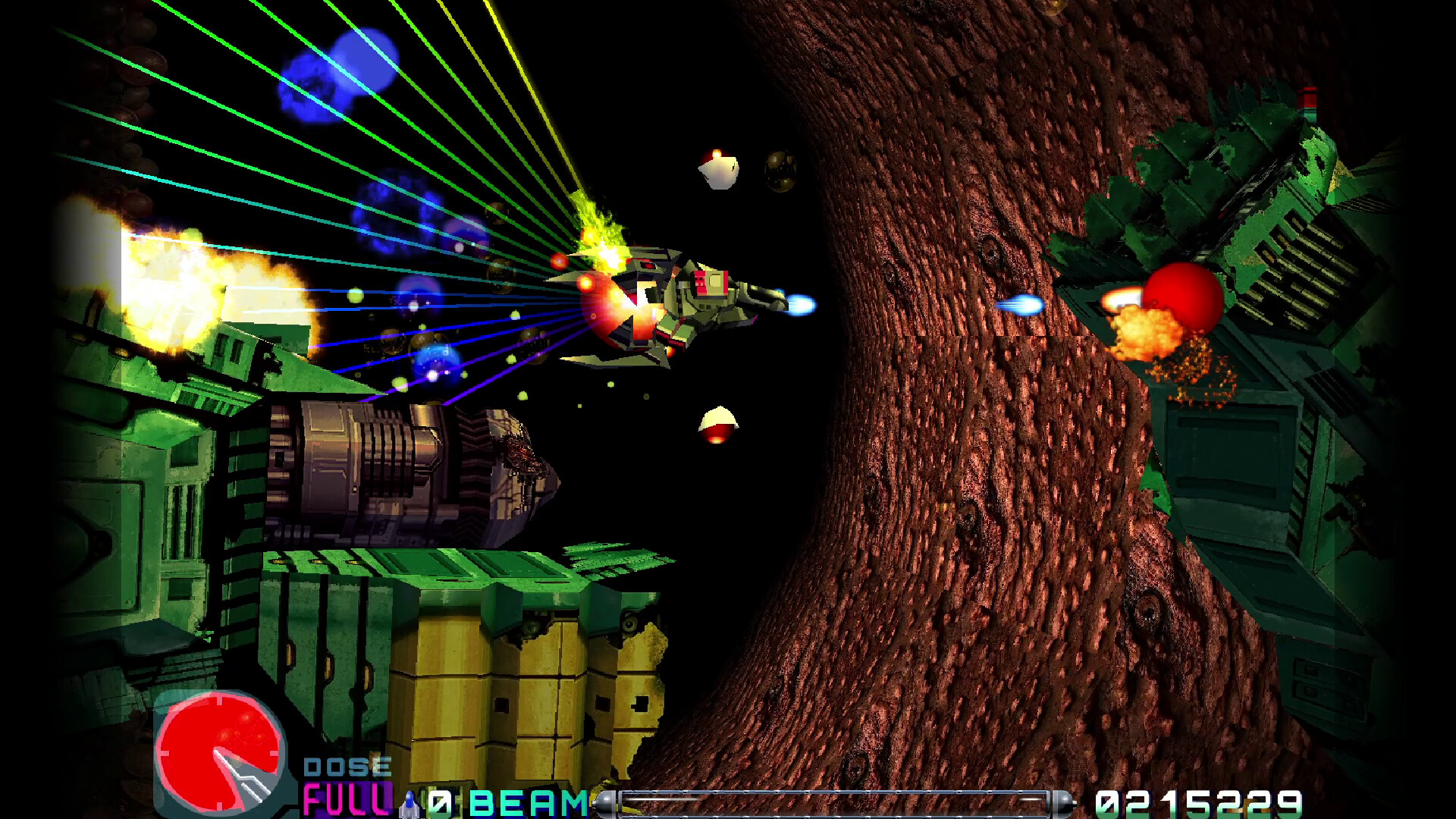Discover what's next for Augmented Reality
Augmented Reality is no longer just a gimmick! We give you a glimpse of the future for this emerging technology.
We've all seen some clunky and gimmicky implementations of Augmented Reality, but don't dismiss it – the future of this emerging technology is full of promise.
In this article we'll take you on a whistle-stop tour of what Augmented Reality is all about, how it's currently used in cool and engaging ways, and where it's most likely to develop in the future. Whatever area of design you're involved in, this is going to affect you, so read on...
The basics
Before we get in too deep, let's run through the absolute basics. Augmented Reality differs from Virtual Reality in one crucial way, and the clue's in the name. Rather than creating an entire simulation of an environment from scratch that a user can then engage with, AR 'augments' what's already there by incorporating digitally created, often real-time-controlled interactive elements directly into your view of the real world.
Of course, as with Virtual Reality, this requires both software and hardware – the former to create and control the virtual elements, and the hardware to manifest them in front of your eyes.
In some cases, this is literally as simple as an app on a smartphone or computer screen – but it scales all the way up to large-scale digital advertising billboards, or even tools to overlay the AR graphics directly onto your field of vision.
Markerless augmented reality
Augmented Reality itself has been around a long time, of course - it was originally used and developed by the military; it then came to consumers, firstly in the form of games console hardware (the first PlayStation EyeToy came out almost a decade ago). But it's the range and breadth of applications, as well as the level of interactivity, that's developing at speed and gaining momentum.
While Augmented Reality used to rely on a distinctive 'marker' graphic to trigger the interactive elements, not unlike a QR code, markerless technology is becoming increasingly common as advances in 'simultaneous localisation and mapping' (known as SLAM) have made it possible to recognise a hand or face, say, rather than just a very specific graphic shape.
Daily design news, reviews, how-tos and more, as picked by the editors.
Ford's Grand C-Max
With the fitting tagline of 'innovation in your hands', Ford's 2011 AR outdoor campaign for the Grand C-Max, produced by Ogilvy & Mather and Grand Visual, put this into practice in a high-profile way – enabling delighted shopping mall goers to watch cars assemble themselves, load up with luggage and even reverse park on their outstretched palms:
Working with Mindshare Invention, Grand Visual was also responsible for the Angel Excite campaign for Lynx Excite – which dropped smitten, halo-smashing angels onto unwitting commuters at London's Victoria station:
The unbelievable bus shelter
Augmented Reality is a great way of getting people's attention – and that's just what Pepsi has done with this campaign. Using a live video feed, commuters are tricked into thinking the screens are just giant windows. Until that is, shocking images of monsters, explosions and wild animals are overlaid on to the normal street view, giving some unwary travellers the fright of their lives.
New variations
So what else has AR ever done for us? Well, the applications are hugely varied. Advertising and gaming are, inevitably, both potentially lucrative sectors – Sony's 'Wonderbook: Book of Spells' game for the PlayStation 3 being one case in point, blending your living room with the magical wonders of the Harry Potter universe:
In recent years, Augmented Reality has also been making inroads into shops and supermarkets with more everyday, domestic uses, entering the consciousness of less tech-savvy members of the general public.
Lego kiosks
In 2009, for instance, Lego introduced Augmented Reality kiosks to shops so that fully assembled digital versions of its models could spring up out of their boxes when held up to the in-store camera, giving a better sense of what was inside as well as adding a bit more fun to the shopping experience.
Today the technology is evolving from a pop-up 3D model to an intelligent personal assistant that can actually help you choose: IBM is currently in the process of developing an AR-based shopping app that scans the supermarket shelves for products that meet your specific criteria – something of a godsend for busy or indecisive browsers, and a real statement of how far the technology as a whole has progressed.
IKEA brochures
Even the humble brochure isn't exempt from the bells-and-whistles AR treatment: McCann Erickson's recent IKEA catalogue integrated various levels of AR-powered interactivity, including cutaway cupboards, changeable decor and more, to make the browsing experience that little bit more engaging.
A furniture brochure that comes alive and an app that helps you do the food shopping are just very specific, targeted uses of a technology that, in principle, could become part of the way we go about all our daily tasks – no smartphone or webcam required.
Contextual information
AR can play a huge role in presenting contextual information, similar to the heads-up-displays (HUDs) used by fighter pilots. It's very much on Google's radar, as you can't have failed to notice from Google Glass. It's already out there, perched on the noses of early adopters through its early access Explorer programme that has been running in the US for a while and which has recently launched in the UK.
Naturally the recent proliferation of Glass-enhanced people hasn't been without its issues, and has given rise to a whole new insult. Got your own Google Glass? That's great! But please, try not to be a Glasshole.
And of course, given Google's penchant for targeted advertising, wanton product placement is another concern.
But whatever your view on the pros and cons, the applications of technology like this for enhancement and genuine immersion – having information and communication channels fully integrated with your perception of the world, rather than a couple of steps removed via an app on your smartphone – is pretty exciting.
Next steps
Glass may be heralded by many as the next step in AR's evolution, and lamented by others as another way for Google to become ever more ubiquitous, but actually similar tech is already out there – a US company called Vuzix has various wraparound set of AR glasses on the market, which stream continuous video in front of your eyes using an LCD screen inside each lens.
Magic contact lenses
So what's next? Well, according to Babak Parviz glasses are already old news. He's already looking beyond that, working on integrating the power of AR into a pair of contact lenses using transparent electronic circuits and a miniature LED, and his work has taken him from the University of Washington in Seattle to Google, where he worked both on Glass and on Google's own contact lens project, and on to Amazon.
Over the coming years he plans to add hundreds more LEDs, hooking the lenses up to a device in your pocket to allow them to display text and images right in front of your eyes. Exciting or terrifying? You decide.
Have you seen an inspiring implementation of augmented reality? Let us know about it in the comments!

Nick has worked with world-class agencies including Wolff Olins, Taxi Studio and Vault49 on brand storytelling, tone of voice and verbal strategy for global brands such as Virgin, TikTok, and Bite Back 2030. Nick launched the Brand Impact Awards in 2013 while editor of Computer Arts, and remains chair of judges. He's written for Creative Bloq on design and branding matters since the site's launch.




